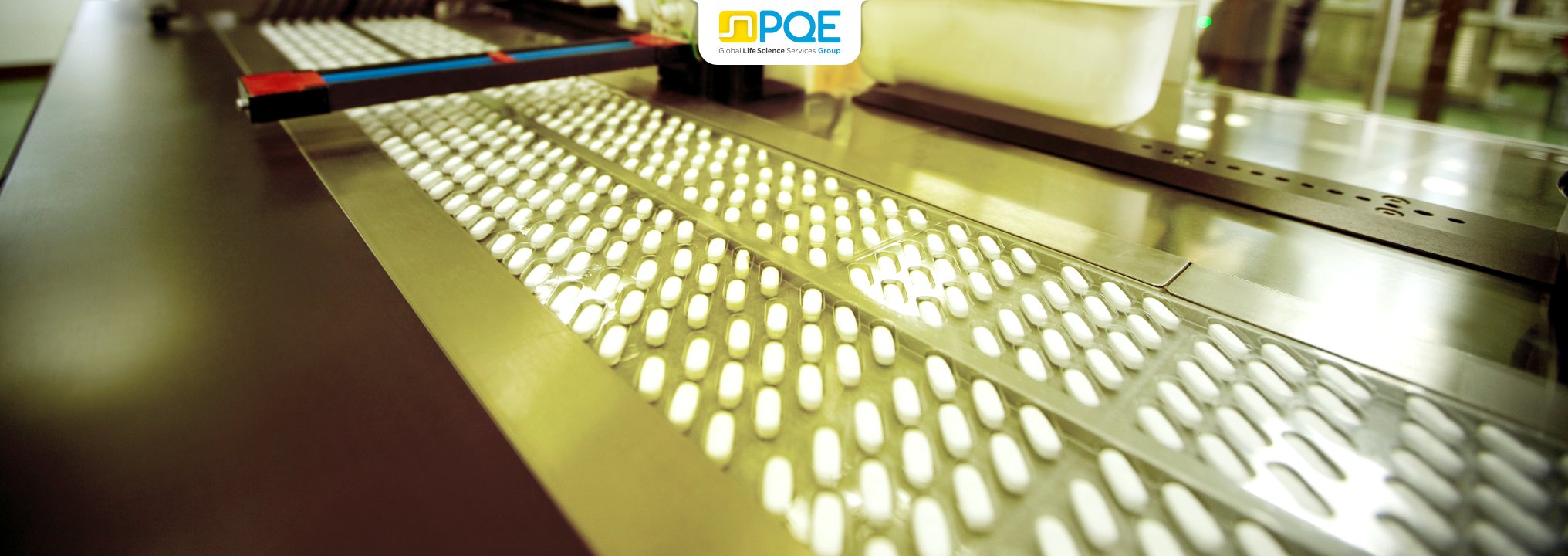FAT Definition
A Factory Acceptance Test (FAT) follows the qualification stage of the design qualification (DQ) and it includes a series of testing done on equipment, carried out at the system manufacturer’s site in order to verify that the vendor has accomplished responsibilities and regulatory and client user requirements.
The primary reasons for implementing a FAT include: convincing customers that they are purchasing high quality equipment/system; ensuring that every component and control work accordingly to its functionality; saving effort, time and money; and evaluating if the equipment operates in accordance with design specifications.
According to ISPE Baseline Guide Volume 5 Commissioning and Qualification, “after completing the FAT, the owner representative agrees with the vendor whether the system is ready to be shipped or if pre-conditions for shipping have been met”.
SAT Definition
A Site Acceptance Test (SAT) is the qualification stage followed by the FAT and it includes a series of testing done on equipment, carried out at the owner representative site. The SAT provides documented evidence that the equipment/system has been delivered in good condition and has not been affected by the transportation.
What is the difference between them?
The main differences include, but are not limited to, the following:
- Location: the FAT is performed at the system manufacturer’s site while the SAT is performed at the owner representative’s site;
- Environmental conditions: temperature and humidity levels are not the same at the manufacturer’s site as the vendor’s site. Real conditions of utilities, such as compressed air or steam, could only be provided during the SAT at the owner’s site;
- Documentation: the FAT is very detailed, while the SAT is much simpler.
Why are they so important?
According to the customer’s user requirements specification, both stages are used to configure the equipment/system correctly and check that everything is working properly. Another important point is that it saves time and costs, since the equipment is checked at the supplier's facilities and if something does not work or goes wrong, it is easier to solve it than if it were at the customer's site.
On the other hand, it also saves time in qualification if the leveraging strategy is used.
What is leveraging strategy?
According to the ISPE definition, “Leveraging can be defined as the utilization of properly documented activities carried out during construction and commissioning which can be used in support of qualification (IQ and OQ) resulting in the avoidance of unnecessary repetitions, hence reducing qualification time”
The correct use of this strategy ensures a time-saving qualification test, considering that the execution during these stages has to follow:
- Good documentation practices;
- A specific scope and depth of testing that must be pre-defined with the client;
- Raw data that must be pre-defined with the client.
- Pre-definition that is expected within the User Requirements Specification (URS) or is the latest within the order.
Consequently, vendor documentation regarding the FAT and the SAT can be used, but it must be reviewed and approved by both parties.
Tests generally included in each stage
A complete set of documentation shall be available to support the FAT, including tests but not limited to: drawings and documentation verification; P&ID drawings verification; critical instrumentation calibration verification; components verification; software and hardware verification; input/output verification; alarms and interlocks, access levels, recipe management and control panel verification.
According EU GMP annex 15, “a FAT may be supplemented by the execution of a SAT following the receipt of equipment at the manufacturing site.” SAT testing is a key element to determine the compliance of the manufacturing system types to GMP requirements and testing usually includes but is not limited to: critical instrumentation calibration verification; input/output verification; P&ID drawings verification; startup procedures; and punch list points.
In Conclusion
These qualification steps are important to demonstrate equipment quality, efficiency, compliance and performance. They assure that all previous prerequisites for the next qualification steps are completed. To conclude, it is recommended to have reliable personnel on both sides (supplier and client), clear testing strategies, professional URS and trustful collaboration.




